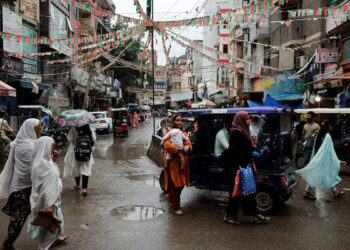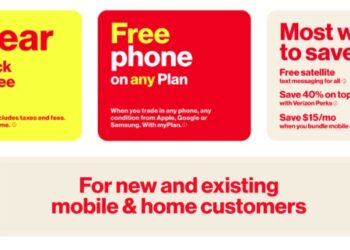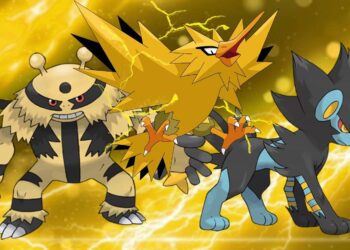The Evolution of Modern Dating: How Couples Meet Today
In an age dominated by technology, the way people form romantic relationships has undergone a remarkable transformation. This blog explores the changing dynamics of how couples meet, focusing on the shift from traditional methods to online dating platforms.
The Rise of Online Dating
Historical Context
Before diving into the current trends, it’s important to understand the foundations of dating. Historically, most couples met through social circles, workplaces, or educational institutions. However, starting in the late 20th century, this landscape began to shift dramatically.
The Data Surge
Research conducted by Stanford University reveals significant changes in how heterosexual couples find their partners. Between 1995 and 2017, the percentage of individuals meeting their partners online skyrocketed from just 2% to an impressive 39%. This shift signifies a growing preference for digital interactions over traditional meetings.
The Online Dating Landscape
Popular Dating Apps
With the introduction of dating apps like Tinder and eHarmony, the online dating culture has expanded beyond mere websites. These platforms allow users to connect with potential partners based on mutual interests and preferences, effectively broadening their dating pool.
Social Media Influence
In addition to dedicated dating apps, social networking sites such as Facebook have played a role in meeting potential partners. Approximately 8% of couples who met online did so through reconnections with old friends or acquaintances, showcasing the diverse avenues available for forming relationships today.
The Appeal of Online Connections
A Larger Pool of Choices
One of the primary motivations for seeking partners online is the availability of a wider array of options. Unlike traditional settings, where individuals are limited to their immediate social circles, online dating offers the chance to explore relationships beyond geographical and social constraints. Participants in the Stanford study noted that this expanded selection was particularly valuable when searching for something non-conventional or difficult to find.
New Encounters
The research highlighted that the majority of online daters (around 81%) meet individuals outside their existing networks, allowing for more unique and varied connections. This element of surprise and novelty contributes to the popularity of online dating.
Changing Venues: Bars and Restaurants
The Rise of Social Venues
Interestingly, the study also indicated that meeting partners in bars or restaurants has been on the rise during the same timeframe. This suggests a dual trend where both online and offline methods coexist, allowing individuals to choose the platform that suits them best.
Implications for Different Communities
Exclusion of Sexual Orientation in Research
It’s essential to note that the Stanford study focused exclusively on heterosexuals. The researchers acknowledged that, for homosexual individuals, the choice to meet online may be more obvious due to the often limited dating markets they navigate. This distinction emphasizes the varied experiences and options available depending on sexual orientation.
Thick Dating Markets
In the context of "thick dating markets," individuals typically have more potential partners available in their offline lives. This reality contrasts with those who may rely heavily on online dating due to a lack of options in their immediate social circles.
The Future of Dating
As dating continues to evolve, understanding these trends is crucial. The blend of online and offline interactions may shape the romantic landscape for years to come, paving the way for new norms in how couples forge relationships.
In summary, the evolution of dating from traditional meetings to the digital realm reflects broader societal changes. As individuals embrace technology for connection, the landscape of love and relationships continues to adapt and grow.






